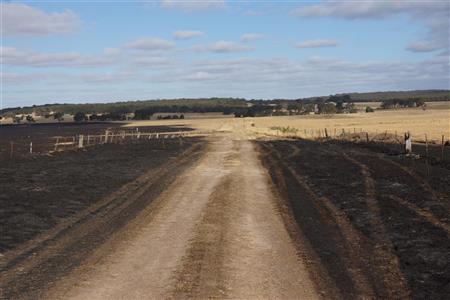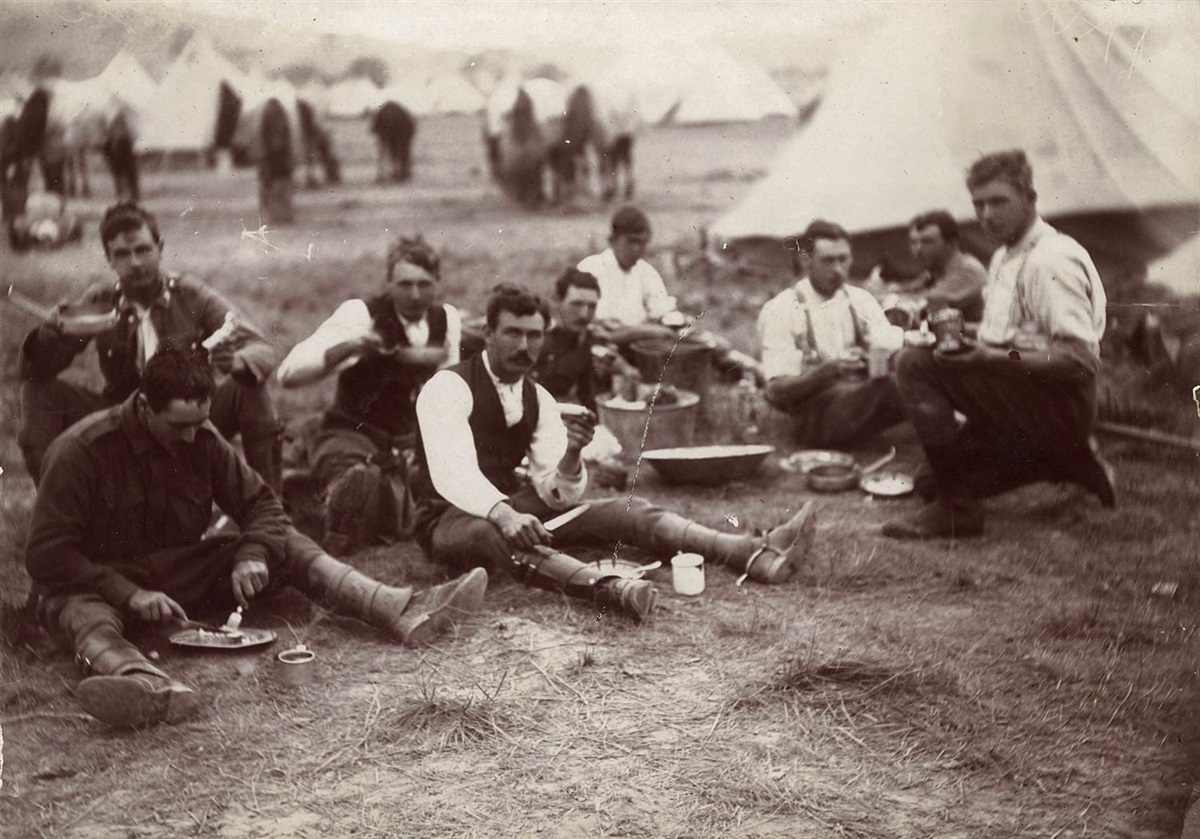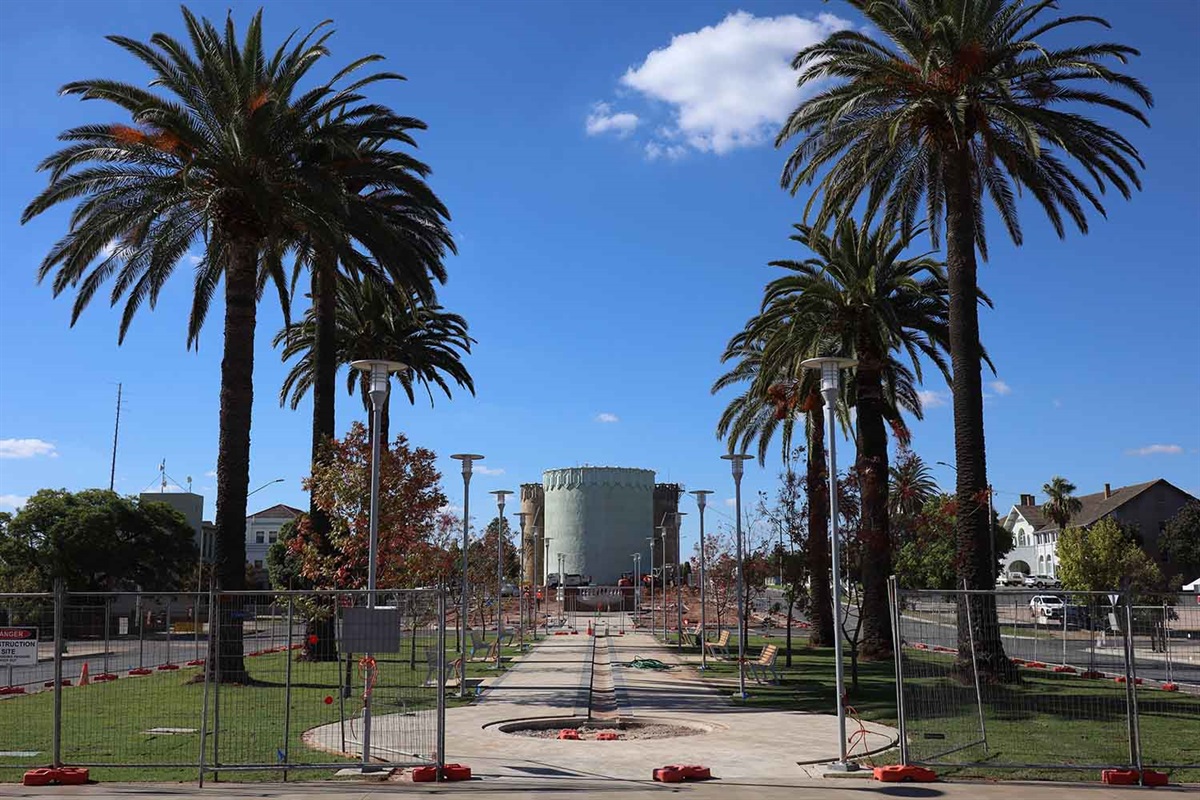Key points:
|
The Australian Transport Safety Bureau welcomes US Federal Aviation Administration (FAA) consideration of the adoption of an Airworthiness Directive that seeks to address the likelihood of compressor turbine blade failures in certain variants of the PT6A turbine engine fitted with repaired compressor turbine vane rings.
In August 2020 the FAA released a notice of proposed rulemaking of its consideration to issue the Airworthiness Directive (AD) which would require operators to check for, and remove specific third party‑repaired compressor turbine vane rings from Pratt & Whitney Canada PT6A‑114 and PT6A-34 series engines, which power single-engine Cessna 208B Caravan and aerial application aircraft, respectively.
The AD was first issued by Transport Canada and subsequently adopted by Australia’s Civil Aviation Safety Authority in 2019, and came in conjunction with an ATSB investigation into an engine-failure incident involving a Caravan aircraft with two pilots and 11 passengers onboard which force landed on a service road near the Solomon mine site in Western Australia on 16 November 2016.
In that incident the Caravan aircraft had departed Solomon Airport bound for Karratha when at an altitude of 4,600 feet the engine failed, with the pilots hearing a loud bang and observing smoke billowing from the exhaust.
On commencing a right turn back towards the airport, the pilots assessed that a return there would not be possible due to uncertainty over whether over they could safely avoid high terrain.
Scanning the immediate area, the pilots identified an unsealed dirt road as their planned emergency landing area. The subsequent landing was accomplished without injury to the occupants and the aircraft was undamaged apart from flat spots on the main gear tyres due to emergency braking on landing.
“A compressor turbine blade from the engine developed fatigue cracking and fractured after approximately 1.8 hours of operation, leading to the engine failure and resulting in the forced landing of the aircraft,” said ATSB Director Transport Safety Stuart Macleod.
“The compressor blade fracture in turn could be attributed to variations in the aerofoil geometry of a repaired compressor turbine vane ring. The variations likely led to increased vibratory stresses within the compressor turbine blade, and the development of fatigue cracking during operation of the engine.”
The investigation identified that the use of FAA-approved repaired compressor turbine vane rings significantly increased the likelihood of single-crystal
compressor turbine blade fracture in PT6A-114A engines, compared to engines fitted with Pratt & Whitney Canada‑manufactured compressor turbine vane rings.
“This involved and complex investigation has resulted in significant safety actions being taken by a number of parties,” Mr Macleod said.
The compressor vane repairer, Southwest Turbine Inc, ceased conducting repairs on CT vane rings for fitment into PWC PT6A-114A engines in March 2017.
Also in March 2017 the engine manufacturer, Pratt & Whitney Canada, released a Service Instruction Letter advising of the heightened risk of CMSX-6 single-crystal compressor turbine blade fatigue fracture when combined with a compressor turbine vane ring that had been repaired using processes that were not approved by PWC.
Then in August 2019, Transport Canada (the regulatory certifying authority for the PT6A engine) released airworthiness directive CF-2019-30, which required operators to check for, and remove, Southwest Turbine‑repaired CT vane rings from PT6A‑114 and PT6A-34 engines within a period of 9 calendar months, or 250 hours of operation.
That AD was immediately adopted by the Civil Aviation Safety Authority, requiring Australian operators to also remove Southwest Turbine-repaired compressor turbine vanes rings fitted to the PT6A-114A and PT6A‑34.
“Due to the significant safety action taken by the directly involved parties since the occurrence, including action from the engine and component manufacturers, as well as the aviation regulatory authorities, the ATSB considers that the risk of CMSX-6 single-crystal compressor turbine blade fractures in Australian‑operated PWC PT6A-114A engines has been adequately addressed,” Mr Macleod said.
“Further, the ATSB welcomes the initiation of safety action by the FAA to consider legislation of the Transport Canada AD. However, with closure of the NPRM on 1 October 2020, the ATSB notes that at the time of publication, no decision has been made whether the AD will be adopted.”
Mr Macleod said the occurrence shows how subtle changes can have unintended detrimental effects.
“In this instance, geometry variations in a repaired compressor turbine vane ring likely led to rapid fatigue cracking and fracture of a compressor turbine blade, and subsequent engine failure.”
Separately, the incident also reinforces the importance of communication and effective decision-making during an emergency, Mr Macleod said.
“The pilots’ response to the engine failure and subsequent emergency landing was handled in a competent and proficient manner that reduced the risk of damage to the aircraft and injury to passengers or crew,” he said.
“Noting the rugged terrain surrounding Solomon Airport, the decision to land on the access road considerably reduced the risk of damage and injury.”
You can find here the investigation report AO-2016-155: Engine failure and forced landing involving Cessna 208B, VH-LNH, 8 km north-west of Solomon Airport, Western Australia, on 16 November 2016
Last update 18 December 2020








